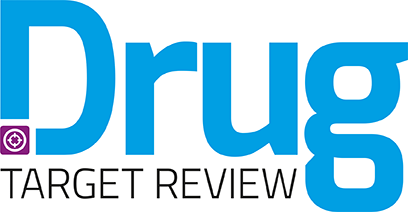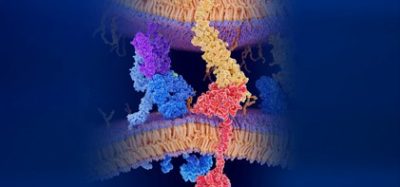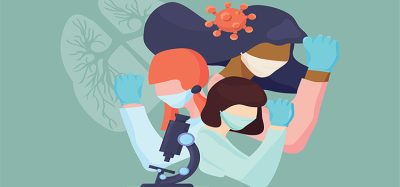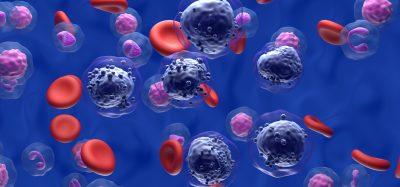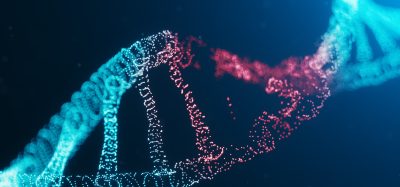Outsmarting cancer by exploiting DNA repair flaws
Posted: 23 April 2025 | Drug Target Review | No comments yet
Researchers at ETH Zurich in Switzerland have mapped the complex network cells use to repair their genetic material, revealing previously hidden vulnerabilities in cancer cells.


In a major step forward for cancer research, scientists at ETH Zurich have mapped the intricate genetic networks cells use to repair their DNA, presenting new vulnerabilities in cancer cells that may be targeted in future therapies.
The DNA in human cells is made up of approximately 3.1 billion building blocks. Maintaining the integrity of this vast and delicate code is an ongoing challenge for every cell as they constantly manage and repair damage, untangle DNA strands and reform broken chemical bonds to preserve their genetic material.
A wealth of new interactions
Repair mechanisms not only defend against external threats; they also play a crucial role in helping cells survive the challenges they face in their daily fight for survival. “When people read about repairing genetic material, they often think of it being in response to exposure to toxins or radiation,” says Jacob Corn, Professor of Genome Biology at ETH Zurich.
More than 500 of the roughly 20,000 protein-coding genes in the human genome are already known to be involved in DNA repair.
More than 500 of the roughly 20,000 protein-coding genes in the human genome are already known to be involved in DNA repair. By systematically analysing the interactions between these genes, Corn and his team have uncovered a host of new insights into how the genome is safeguarded, and how this knowledge can be leveraged against cancer.
The research, published in Nature, involved switching off pairs of DNA repair genes in cultured human cells to study their combined effects.
“We took a systematic approach and looked at all possible combinations,” says Corn. The scale of the project was huge, with the team examining nearly 150,000 different pairwise gene inactivations. “There was a lot to figure out,” says John Fielden and Sebastian Siegner, the two lead authors who carried out most of the study.
Redundancy in human cells
One of the key findings of the study is the remarkable redundancy built into the human genome. “Human cells love redundancy,” says Corn. Disabling a single gene often has little effect, as other genes frequently compensate. But when both a gene and its backup are disabled, the cell loses its ability to repair DNA, and the consequences are lethal.
The team found that around 5,000 different gene pairs, when simultaneously inactivated, led to a critical failure in DNA repair. The paper offers detailed molecular descriptions for two of these pairs, revealing previously unknown but vital cellular pathways.
New insights for cancer therapy
This research presents the potential to inform new cancer treatments. As cancer cells typically carry more mutations than healthy cells, it means some of their DNA repair systems may already be compromised. “Our research has identified the additional genes that need to be inactivated to prevent the growth of cancer cells,” says Fielden.
As cancer cells typically carry more mutations than healthy cells, it means some of their DNA repair systems may already be compromised.
The researchers have mapped out previously unidentified connections between known cancer mutations and new molecular targets that can potentially be disabled with drugs. “These newly discovered potential vulnerabilities in cancer cells now need to be tested. We have shown the pathways through the dark forest,” says Corn. “Now it’s easy to walk those paths.”
To help further exploration, the team have launched a new web platform to share their findings. “We hope that other researchers will benefit from this and actively use the platform,” adds Corn. Making this data publicly available will help to accelerate the translation of these discoveries into practical therapies.
The research was supported in part by the Swiss National Science Foundation (SNSF) and forms a component of the DDREAMM project, funded by the European Research Council (ERC).
Related topics
Bioinformatics, Cancer research, DNA, Drug Targets, Genetic Analysis, Genomics, Molecular Biology, Research & Development, Therapeutics
Related conditions
Cancer
Related organisations
DDREAMM project, ETH Zurich, European Research Council (ERC), the Swiss National Science Foundation (SNSF)
Related people
John Fielden, Professor Jacob Corn, Sebastian Siegner
